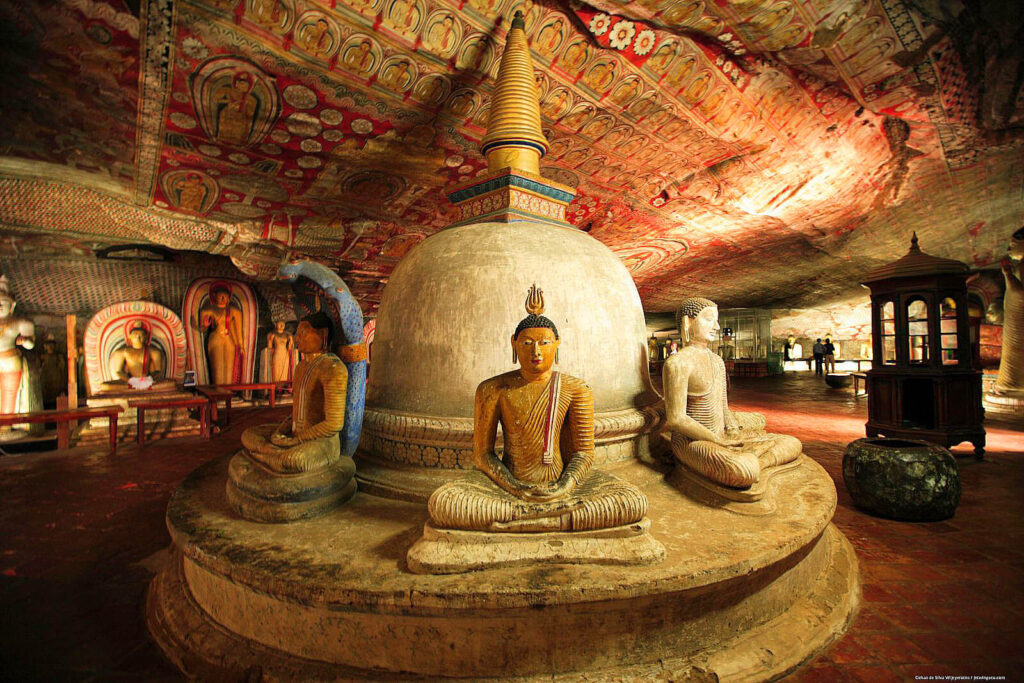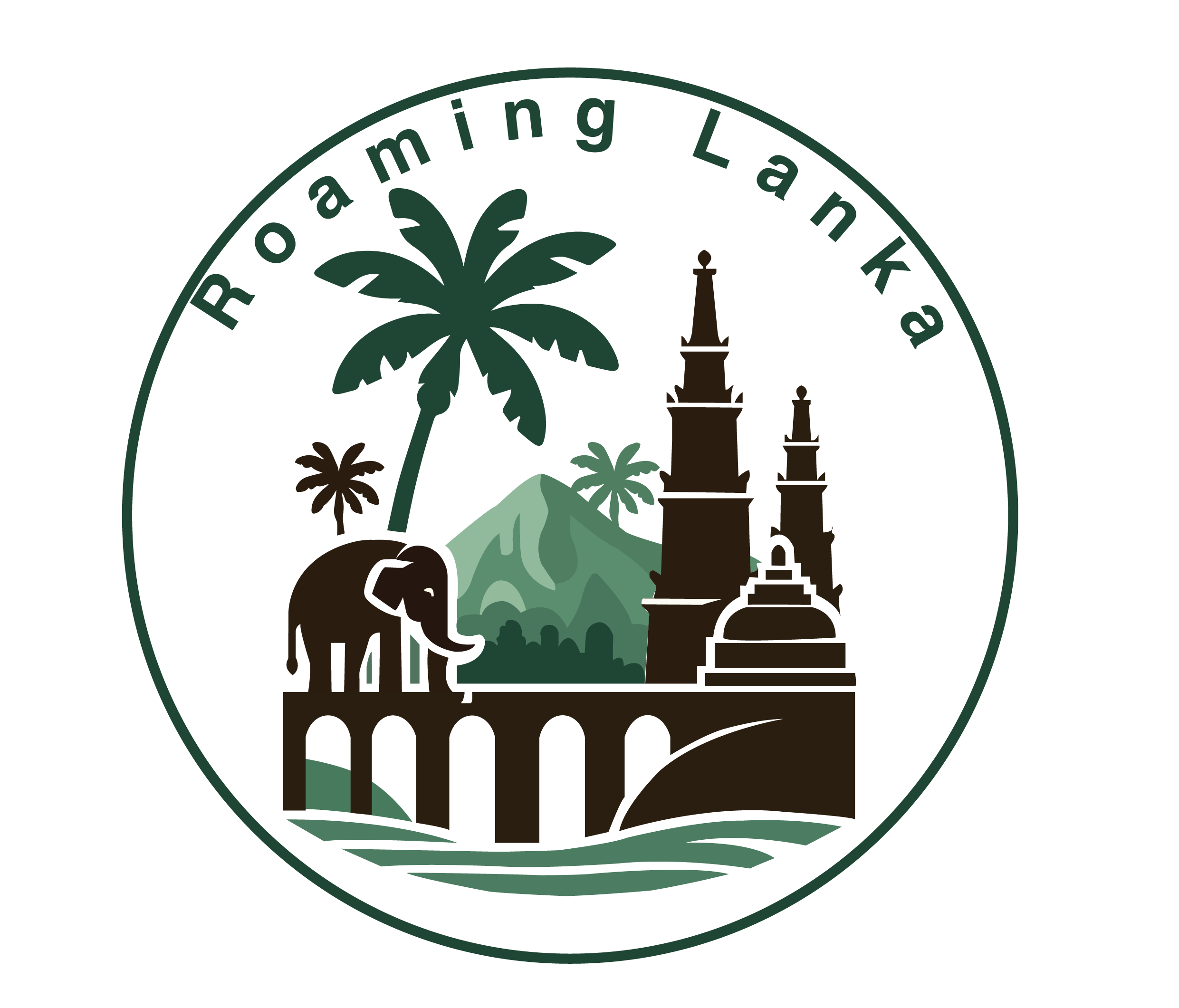Nestled in the heart of Sri Lanka’s cultural triangle, the Dambulla Cave Temple—also known as the Golden Temple of Dambulla—is a treasure trove of spirituality, history, and art. This UNESCO World Heritage Site is one of the most impressive cave temple complexes in the world, offering visitors a chance to Discover Cave Temple Dambulla in Sri Lanka like never before. From its ancient murals to its towering Buddha statues, this sacred site captivates travelers with its timeless beauty and profound significance. Let’s dive into why Dambulla should be at the top of your Sri Lankan itinerary.
Why Dambulla Cave Temple Should Be on Your Bucket List
A Testament to Ancient Ingenuity
The Dambulla Cave Temple dates back over 2,000 years, making it one of the oldest and best-preserved religious sites in Sri Lanka. King Valagamba sought refuge in these caves during exile and later transformed them into a place of worship as a gesture of gratitude. Today, the temple stands as a testament to the ingenuity and devotion of ancient artisans who carved, painted, and sculpted these sacred spaces by hand.
Transitioning from the bustling streets of Dambulla town to the serene temple grounds feels like stepping into another realm—one where time slows down, and spirituality takes center stage. Whether you’re a history enthusiast or simply someone seeking peace, this site promises an unforgettable experience.
A Feast for the Senses
As you explore the five main caves, you’ll encounter a kaleidoscope of colors, intricate carvings, and larger-than-life Buddha statues. The walls and ceilings are adorned with vibrant frescoes depicting scenes from Buddhist mythology, while the air is filled with the scent of incense and the sound of chanting monks. Every corner of the temple invites you to pause, reflect, and marvel at its grandeur.
Must-See Highlights of Dambulla Cave Temple
1. Cave 1: The Devaraja Viharaya (Temple of the Divine King)
The first cave, known as the Devaraja Viharaya, houses a massive reclining Buddha statue that stretches over 14 meters in length. Carved out of rock, this statue represents Buddha in his final moments before attaining Nirvana. Surrounding the statue are smaller sculptures of gods and disciples, creating a harmonious blend of reverence and artistry.
Pro Tip: Take a moment to sit quietly near the reclining Buddha and soak in the peaceful ambiance—it’s a perfect spot for meditation.

2. Cave 2: Maharaja Viharaya (Temple of the Great Kings)
Cave 2 is the largest and most ornate of the five caves, featuring over 50 statues of Buddha in various poses. The highlight here is the central seated Buddha, flanked by statues of Hindu deities Vishnu and Saman. The ceiling is covered with stunning murals that depict the life and teachings of Buddha, showcasing the skill of ancient artists.
For photography enthusiasts, this cave offers endless opportunities to capture the intricate details of the murals and statues. Just remember to turn off your flash to preserve the artwork!
Fun Fact: Cave 2 alone contains more than 1,500 square meters of painted surfaces, making it one of the largest collections of ancient murals in the world.
3. Cave 3: Maha Alut Viharaya (New Great Temple)
Dedicated to King Kirti Sri Rajasinha, Cave 3 features a mix of old and new statues, including a striking golden Buddha surrounded by offerings of flowers and incense. The contrast between the ancient rock carvings and the newer additions highlights the temple’s evolution over centuries.
Insider Tip: Visit early in the morning when the sunlight filters through the cave openings, illuminating the golden Buddha in a breathtaking glow.
Video: Virtual tour of Cave 3’s golden Buddha
Exploring Beyond the Caves
The Golden Temple Complex
Adjacent to the cave temple lies the modern Golden Temple, a striking structure that greets visitors with its gleaming white facade and golden roof. Inside, you’ll find a museum displaying artifacts related to Buddhism and Sri Lankan history. Climb to the rooftop for panoramic views of the surrounding countryside—a perfect way to wrap up your visit.
Rock Climbing Adventures
For adventure seekers, the rocky terrain around Dambulla offers excellent opportunities for rock climbing. Local guides can lead you to hidden trails and vantage points where you can enjoy sweeping vistas of the temple and beyond.
Seasonal Highlights: Special Events at Dambulla
Vesak Festival
During Vesak, the holiest day in the Buddhist calendar, the Dambulla Cave Temple comes alive with lanterns, lights, and decorations. Pilgrims and tourists alike gather to celebrate Buddha’s birth, enlightenment, and passing away. It’s a vibrant and deeply spiritual experience that showcases the unity and devotion of the local community.
Poya Days
On full moon days (Poya Days), the temple hosts special ceremonies and rituals. Visitors are welcome to observe these events, which include chanting, meditation, and alms-giving. Attending a Poya Day ceremony offers a unique glimpse into Sri Lanka’s religious traditions.
Practical Tips for Visiting Dambulla Cave Temple
Getting There
Dambulla is conveniently located within Sri Lanka’s cultural triangle, making it easy to combine with visits to Sigiriya, Anuradhapura, and Polonnaruwa. The temple is just a short drive from Dambulla town and can be reached by tuk-tuk, taxi, or private vehicle.
Best Time to Visit
Early mornings or late afternoons are ideal for exploring the caves, as temperatures are cooler, and crowds are thinner. Avoid visiting during peak hours (10 AM–2 PM) if you prefer a quieter experience.
Dress Code and Etiquette
As a sacred site, modest clothing is required. Cover your shoulders and knees, and remove your shoes before entering the caves. Always ask permission before taking photos of monks or worshippers.
Conclusion: Your Spiritual Journey Awaits
The Dambulla Cave Temple is more than just a historical landmark; it’s a sanctuary of peace and inspiration. Whether you’re gazing at its ancient murals, meditating beside its Buddha statues, or simply enjoying the view from the hilltop, there’s no shortage of ways to Discover Cave Temple Dambulla in Sri Lanka .





